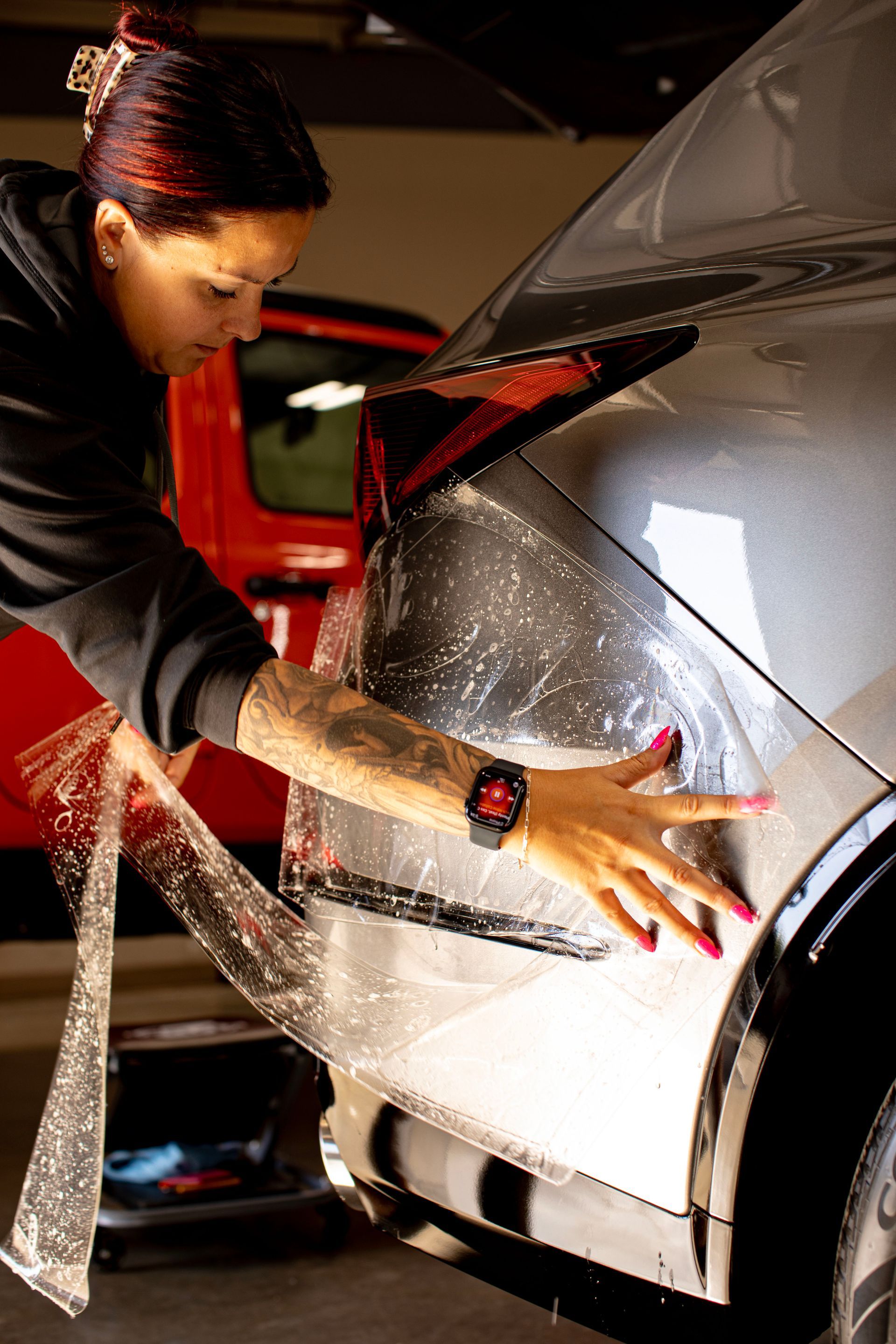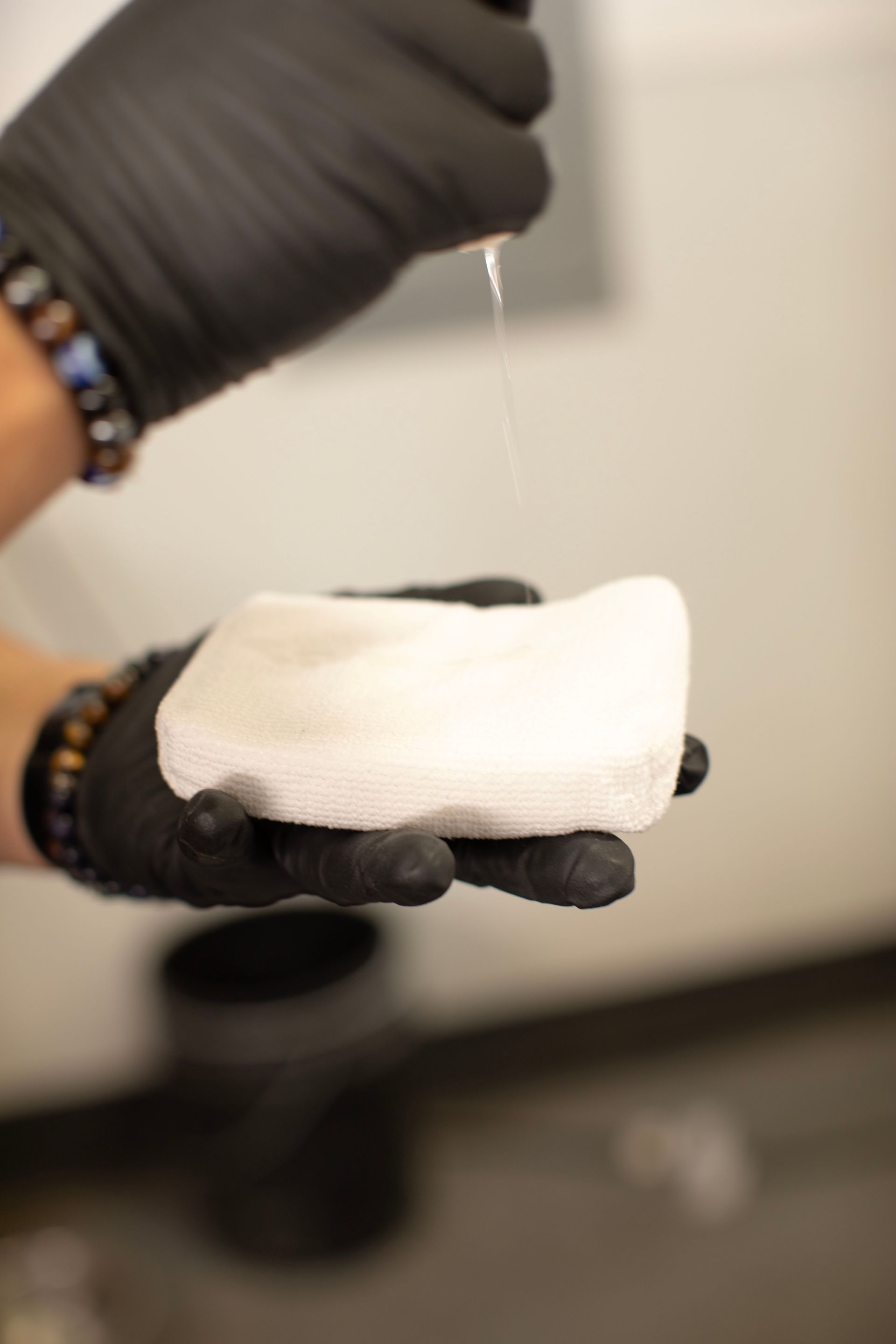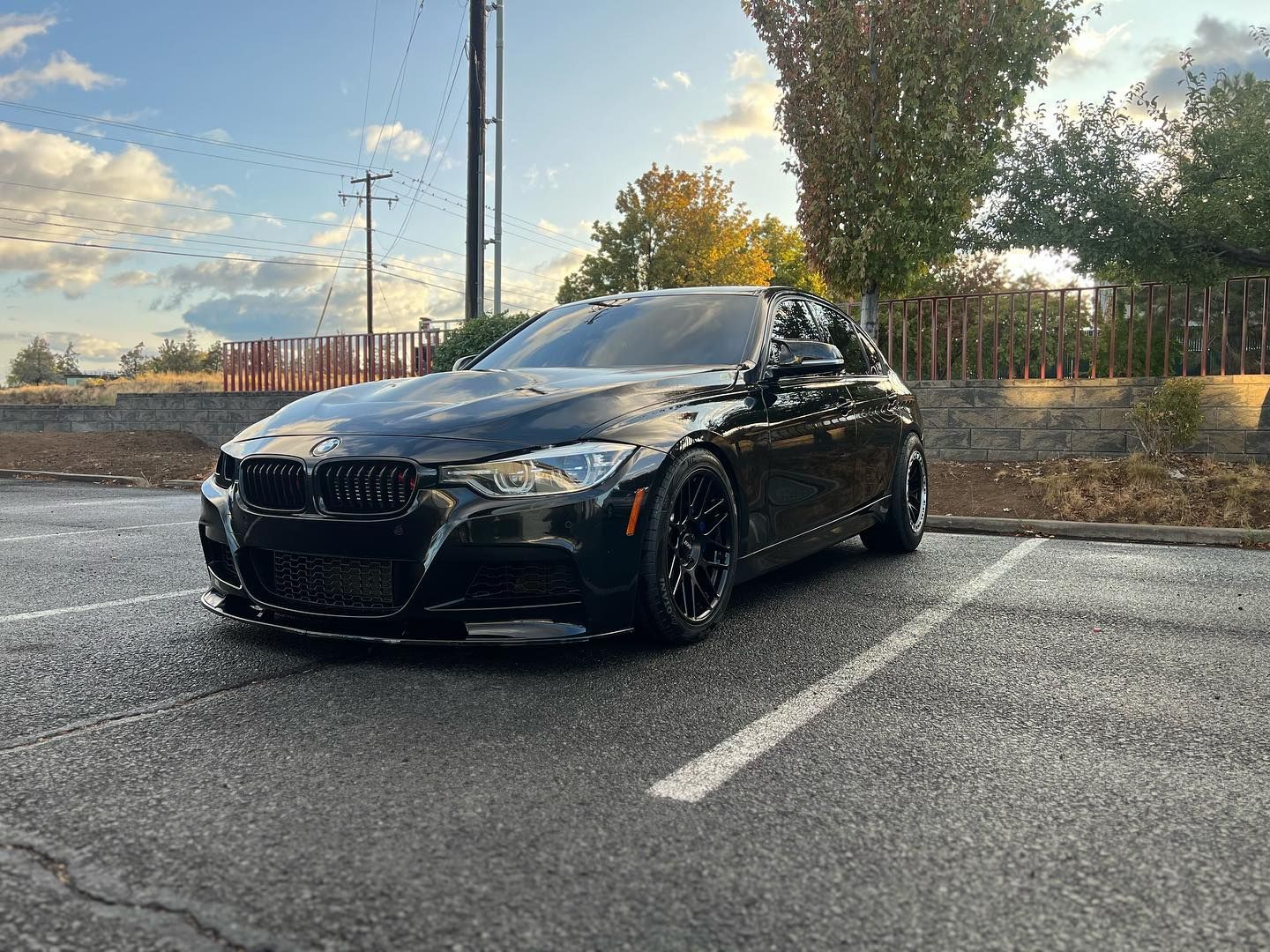November 16, 2024
Car enthusiasts understand the thrill of seeing their vehicle gleam under the sun after a meticulous detailing job. But this joy often comes with a nagging worry about how best to keep that shine enduring. One term that surfaces frequently in these quests for enduring luster is "ceramic coating," yet questions about its cost can feel overwhelming. Understanding why prices range dramatically—from as low as $500 to as high as $3,000—requires probing deeper into various factors. The main cost factors involved in ceramic coating application include vehicle size, which affects the amount of material needed; the condition of the vehicle's paint, as poorly maintained surfaces require more preparation; and the type of coating selected, with options ranging from professional-grade products costing between $1,000 and $3,000 to DIY kits available for as little as $75 to $150. These variables collectively determine the overall investment required for a ceramic coating application. Introduction to Ceramic Coating Costs When contemplating ceramic coating for your car, cost becomes a pivotal factor in the decision-making process. The initial investment can seem substantial, yet it’s vital to consider what you are actually paying for, as this directly correlates with various benefits. It's important to recognize that the price of ceramic coatings can vary widely from one provider to another, and understanding these differences will help you determine if this investment is worthwhile in maintaining and enhancing your vehicle's value. Overview of Price Ranges On average, ceramic coating costs range from $500 to $3,000. This broad spectrum reflects the variety of services available in the market. For instance, you might encounter lower-priced options such as DIY kits or entry-level professional services that coat your vehicle with a basic layer of protection. However, more specialized applications by experienced professionals typically command higher prices because they utilize advanced materials designed to last longer and require intricate application methods. Thus, investing at the higher end often ensures superior protection and extended durability against environmental damage. Key Factors Affecting Price Ceramic coating costs can vary widely due to several factors, each contributing to the overall pricing. By breaking down these elements, you can better understand what to expect and make informed decisions about protecting your vehicle. Below are the key considerations when evaluating ceramic coating costs. Type of Coating: The type of ceramic coating you choose significantly affects the cost. Professional-grade coatings deliver superior durability and protection, ensuring long-lasting results. DIY kits, while more affordable, often provide temporary protection and lack the depth and quality of professional applications. Vehicle Condition: The current condition of your vehicle plays a critical role in determining pricing. Well-maintained cars may need minimal preparation, reducing costs. Conversely, vehicles with scratches, wear, or fading often require extensive cleaning or paint correction, which can add $200 to $1,000 to the final price. Vehicle Size: Larger vehicles like SUVs or trucks demand more material and labor, increasing costs by 20–30% compared to standard sedans. Just like painting a larger room requires more paint and effort, applying a ceramic coating to a bigger vehicle involves more resources. Be sure to factor in your vehicle's dimensions when estimating costs. Labor Costs: The expertise and reputation of service providers significantly influence labor rates. Experienced professionals often charge more but may deliver superior or faster results. Investing in skilled labor ensures reliable and high-quality outcomes for your ceramic coating application. Geographical Location: Where you live can greatly impact ceramic coating prices. Urban areas tend to have higher labor and material costs due to increased demand and overhead expenses. Rural areas, on the other hand, may offer more affordable options but with fewer choices for skilled professionals. By evaluating these aspects, you can choose a service that fits both your budget and needs, ensuring your vehicle remains protected and visually stunning for years to come.













